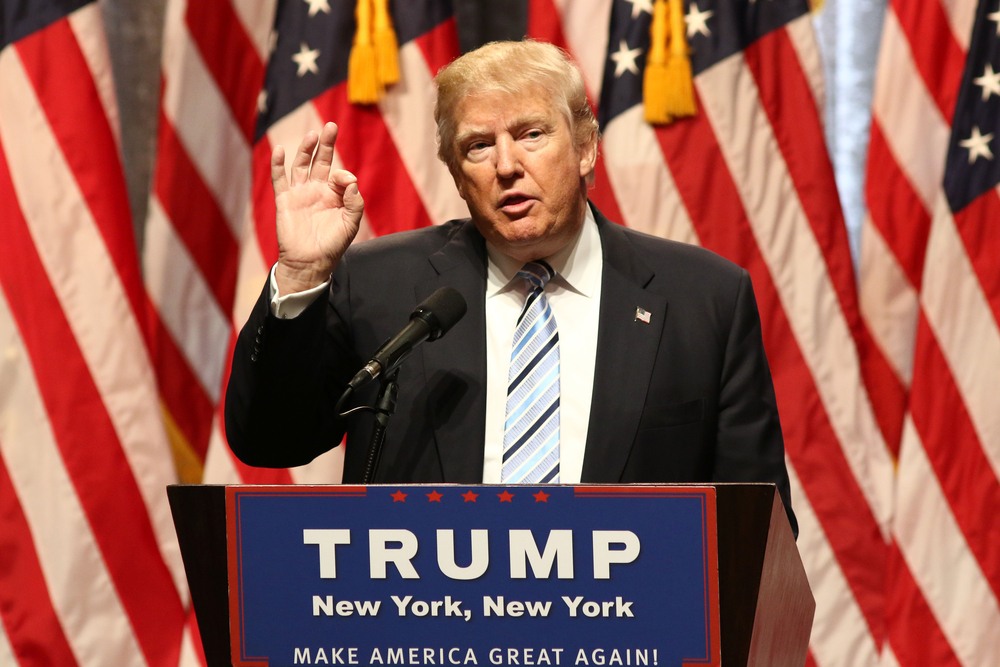Key Takeaways:
- Trump threatens to cut federal funding to schools allowing protests he deems illegal.
- His definition of illegal protests is unclear.
- The move may conflict with the First Amendment.
Introduction
In a recent statement, former President Donald Trump announced his plan to stop federal funding to schools that permit protests he labels as illegal. This decision has sparked debates about free speech and educational funding.
Trump’s Threat
Trump made his announcement on his social platform, warning schools that allow such protests could lose their federal funds. He also mentioned consequences for participants, including expulsion or even imprisonment if they’re not U.S. citizens. While his post didn’t specify what makes a protest illegal, it raised concerns about freedom of expression.
First Amendment Issues
The First Amendment protects Americans’ rights to free speech and peaceful assembly. Many are worried Trump’s threat could contradict these rights, especially in schools where students often express their opinions. Legal experts are questioning how this plan would align with constitutional laws.
Reactions and Concerns
Educators and civil rights groups have expressed concerns. They fear this could discourage schools from letting students voice their opinions, potentially stifling free speech. Some are also worried about the lack of clarity in defining illegal protests, which could lead to unfair treatment.
What’s Next?
It’s unclear how Trump plans to enforce this policy or define illegal protests. If he were to implement it, it could set a precedent affecting students’ rights nationwide. Schools might feel pressured to limit protests, changing how they handle student activism.
Conclusion
Trump’s proposal to cut funding over protests has sparked concerns about free speech and education. As debates continue, the impact on schools and students remains uncertain. This situation highlights the balance between regulating behavior and protecting constitutional rights.

